Lexus has recently unveiled the world’s first car constructed using the art of origami.
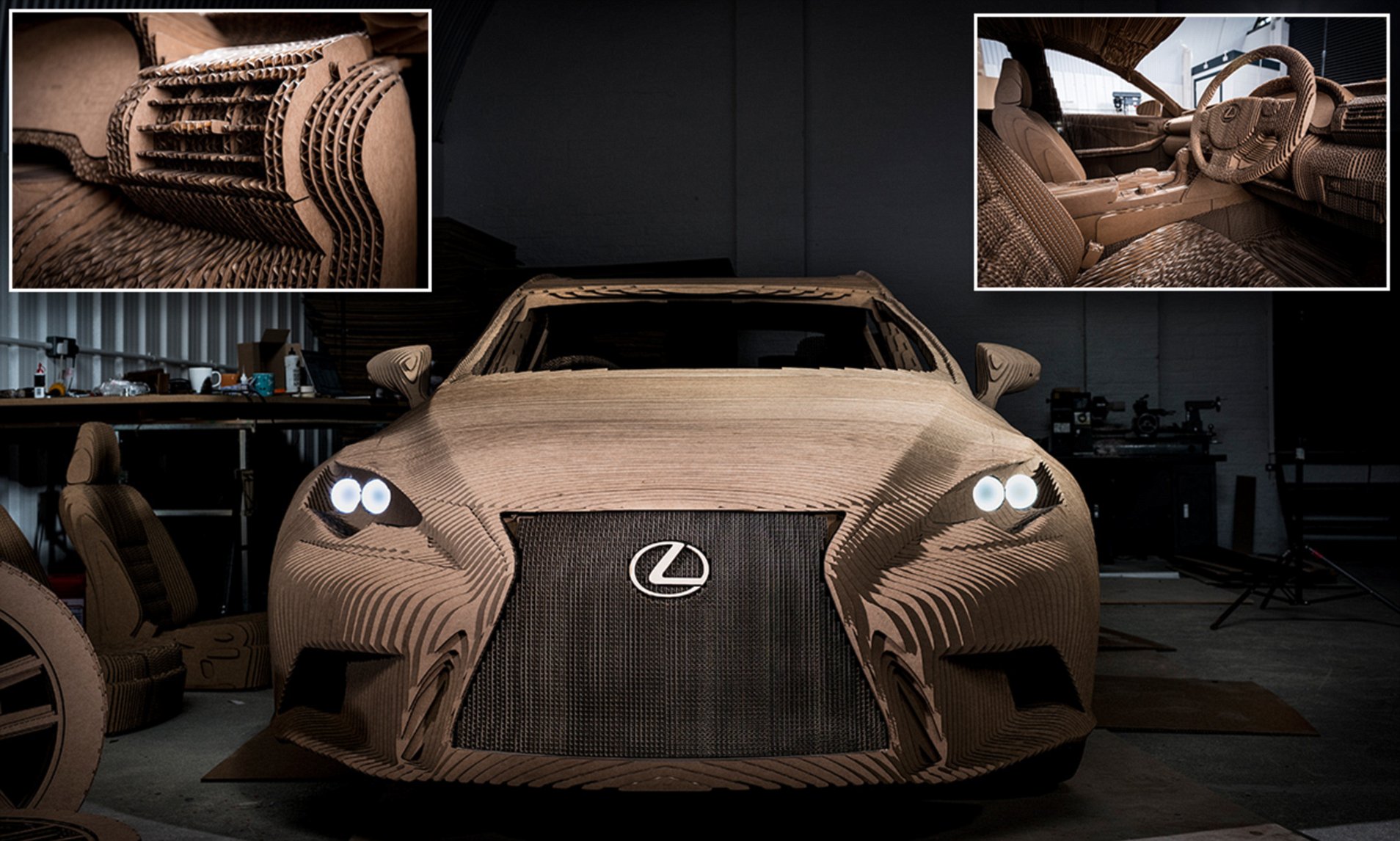
Lexus, the automobile brand, recently unveiled a fully functional and drivable IS saloon that was constructed entirely out of cardboard. The skilled employees, referred to as takumi, who work in the Lexus production plants, practiced their manual dexterity by learning how to fold paper into an origami model of a cat using only their non-dominant hand.

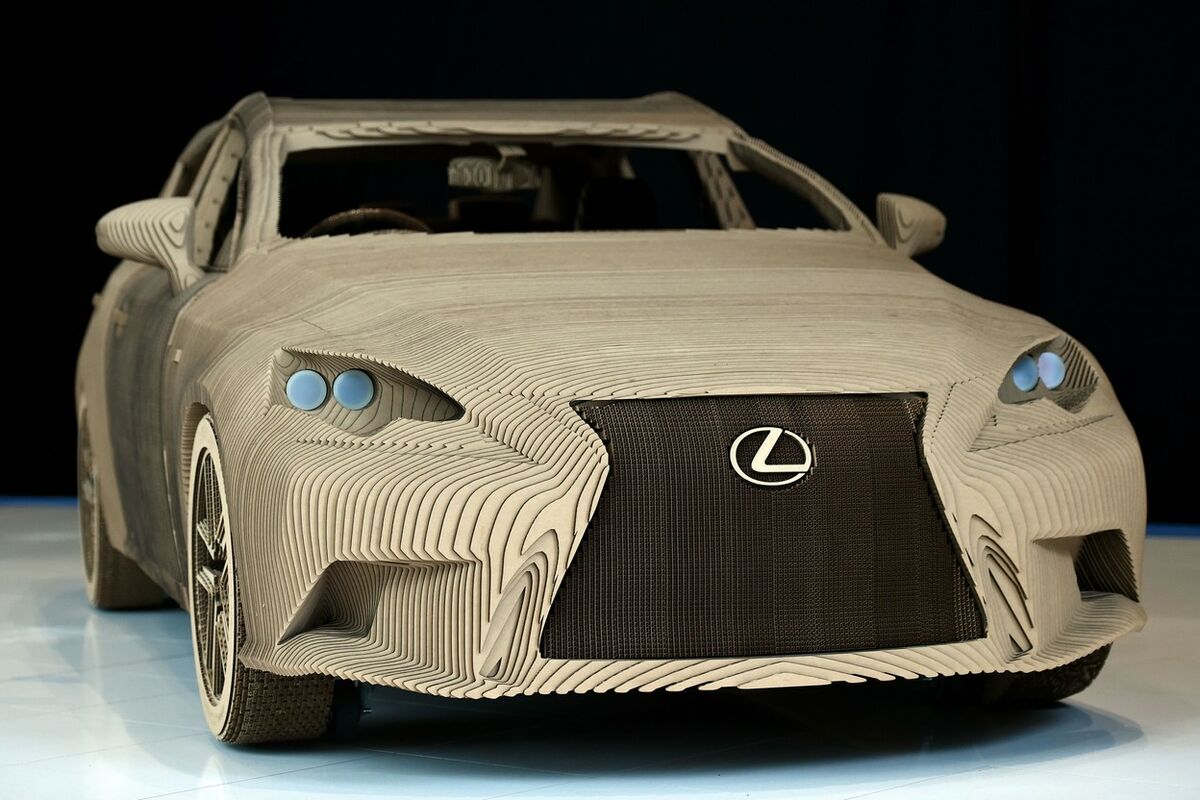
A remarkable cardboard replica of the Lexus IS has been created, complete with fully-fitted interior, operational doors, headlights and wheels. The car has an electric motor housed in its sturdy frame made of steel and aluminium. The innovation, called ‘The Origami Car’, utilised glued-together slices of cardboard and represents a higher level of the origami craft while staying true to the essence of Lexus’s global brand campaign, Creating Amazing. The London-based firms, LaserCut Works and Scales and Models, used their extensive expertise in designing and creating prototypes, architectural models and bespoke commissions to bring the Origami Car to life.
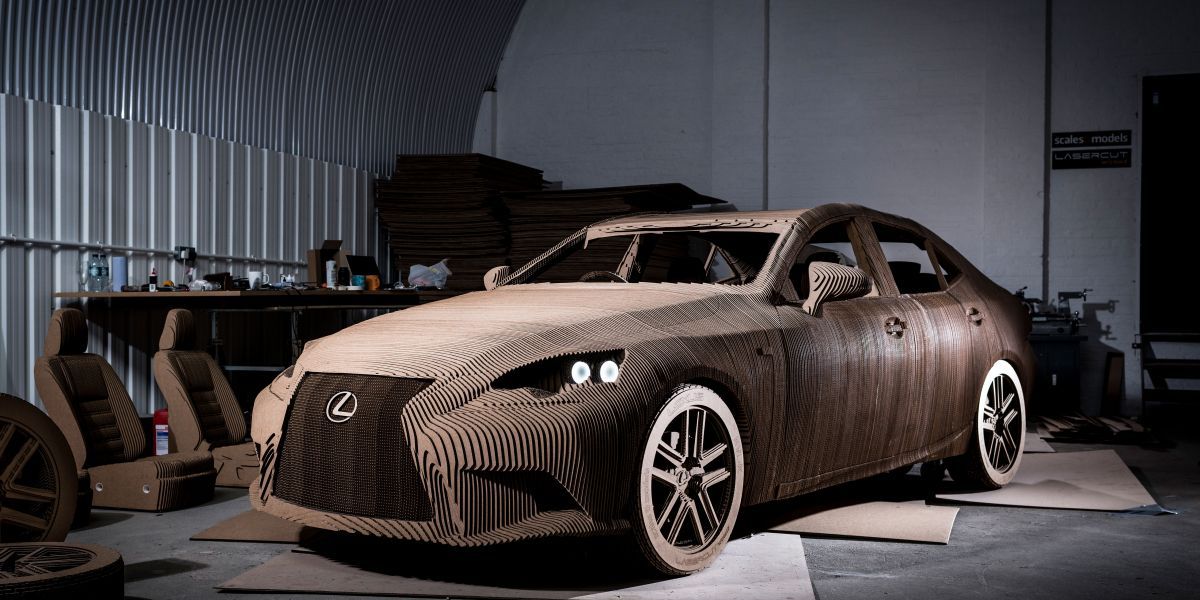
Ruben Marcos, the founder and director of Scales and Models Company, shared that the project was quite challenging as it involved five individuals who were responsible for digital designing, modelling, laser cutting, and assembly. The company was fully dedicated to delivering top-notch quality, just like Lexus.
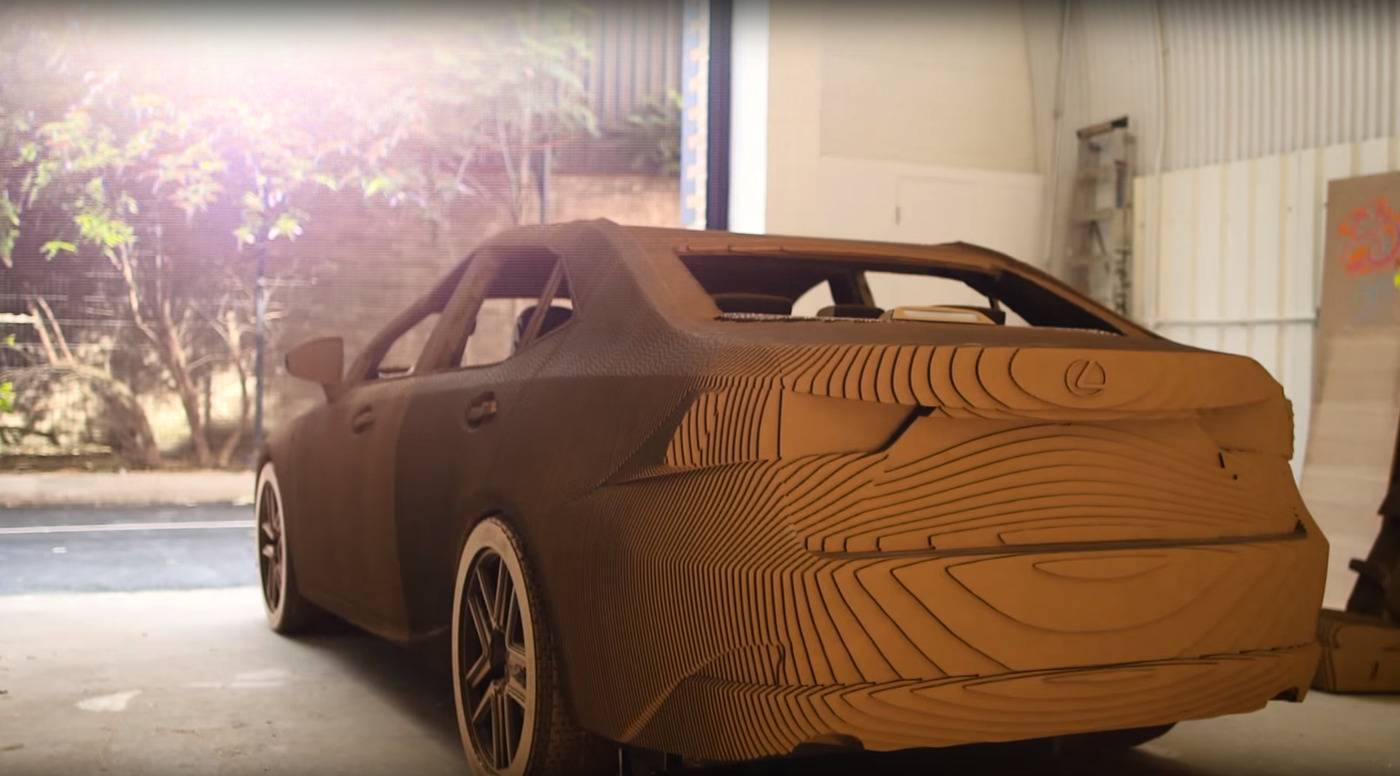
The team faced various difficulties during the creative process. The seats and wheels were particularly challenging and required multiple attempts and refinements before they were satisfactory. As the physical components started to come together, the team could pinpoint areas that needed improvement. Although there were some trial and error moments, having all the necessary resources in-house made implementing changes easier. Lexus supplied a digital 3D model of the IS, which was divided into primary sections, such as the main body, dashboard, seats, and wheels.
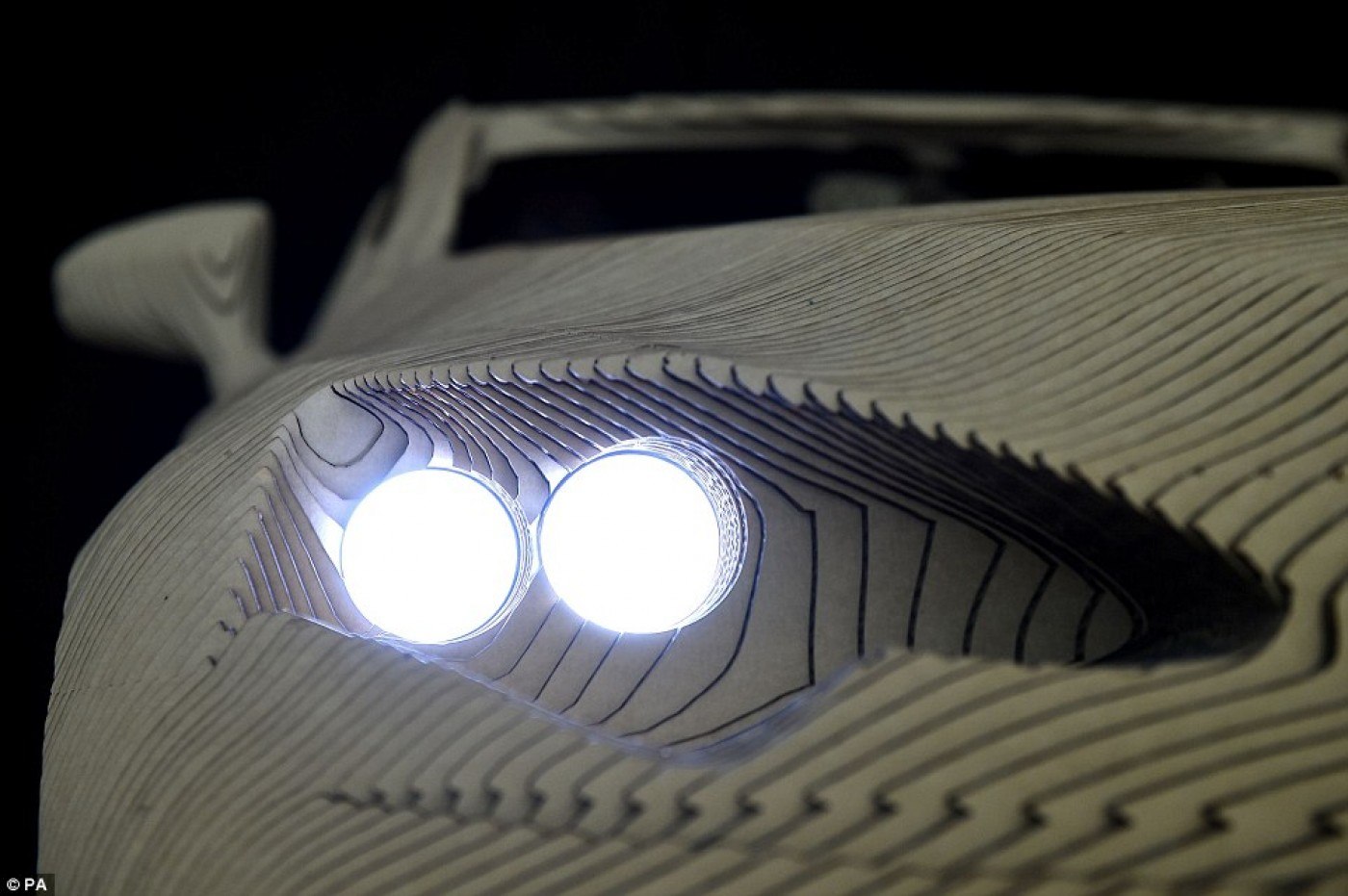
The Origami Car boasts a complete interior with doors, headlights and wheels that actually roll.
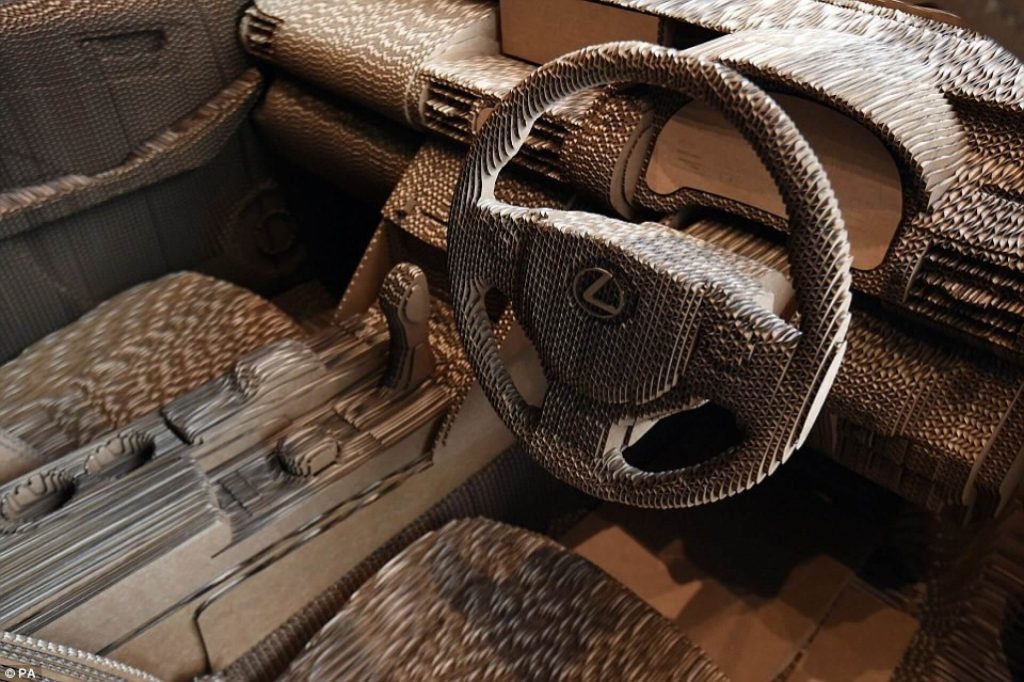
According to the team, perfecting the seats and wheels of the cardboard creation required multiple attempts. To create the necessary two-dimensional profiles for laser cutting the 1,700 sheets of 10mm-thick cardboard, they were digitally rendered into 10mm slices. Each layer was assigned a unique reference number to ensure accurate assembly by hand. The team used a water-based/wood glue that required 10 minutes of setting time between each application. Packaging experts DS Smith supplied the cardboard material.
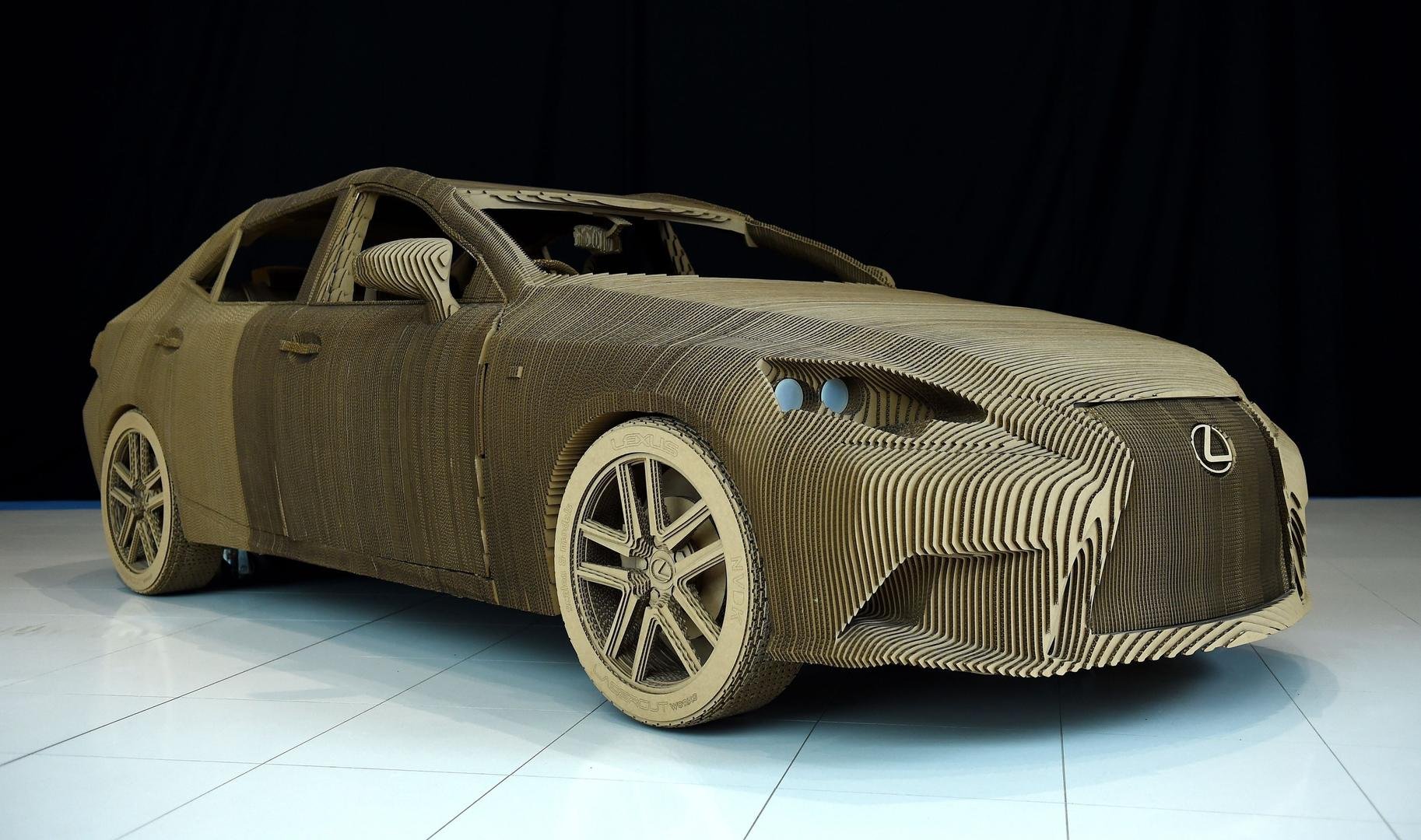
This vehicle has the ability to be driven thanks to the inclusion of an electric motor that is attached to its sturdy steel and aluminium frame.
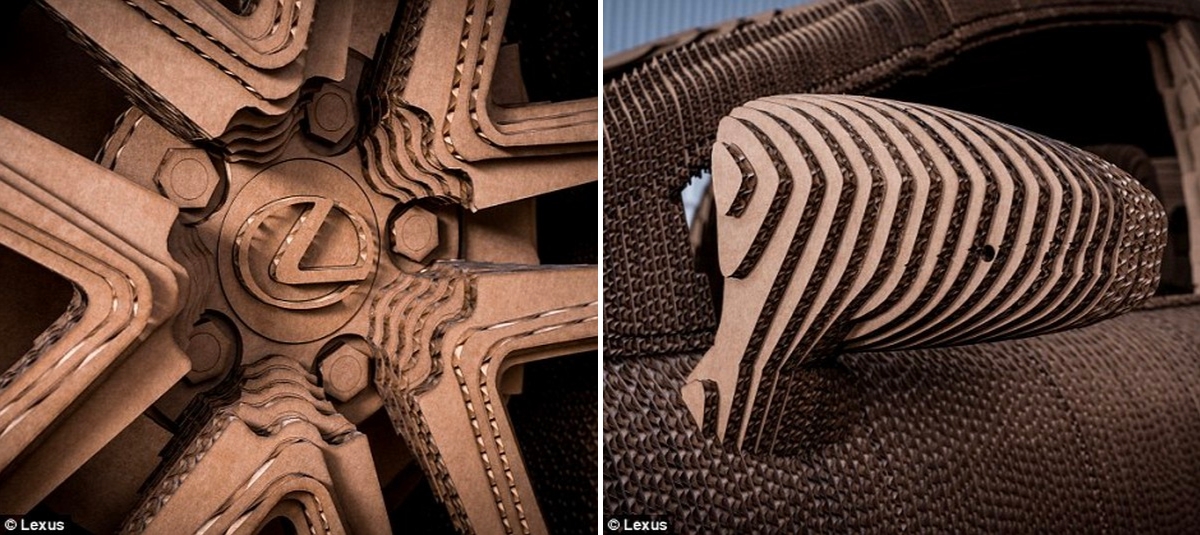
To ensure that the Origami Car was assembled correctly, each layer was assigned a unique reference number. The entire build was done by hand, with precision being key as modifications were not possible once the glue had dried. The creation of the car took a total of three months, with Ruben claiming that they essentially created their own production line. The process involved a great deal of repetition, requiring military-like precision similar to that used by actual Lexus car production teams.
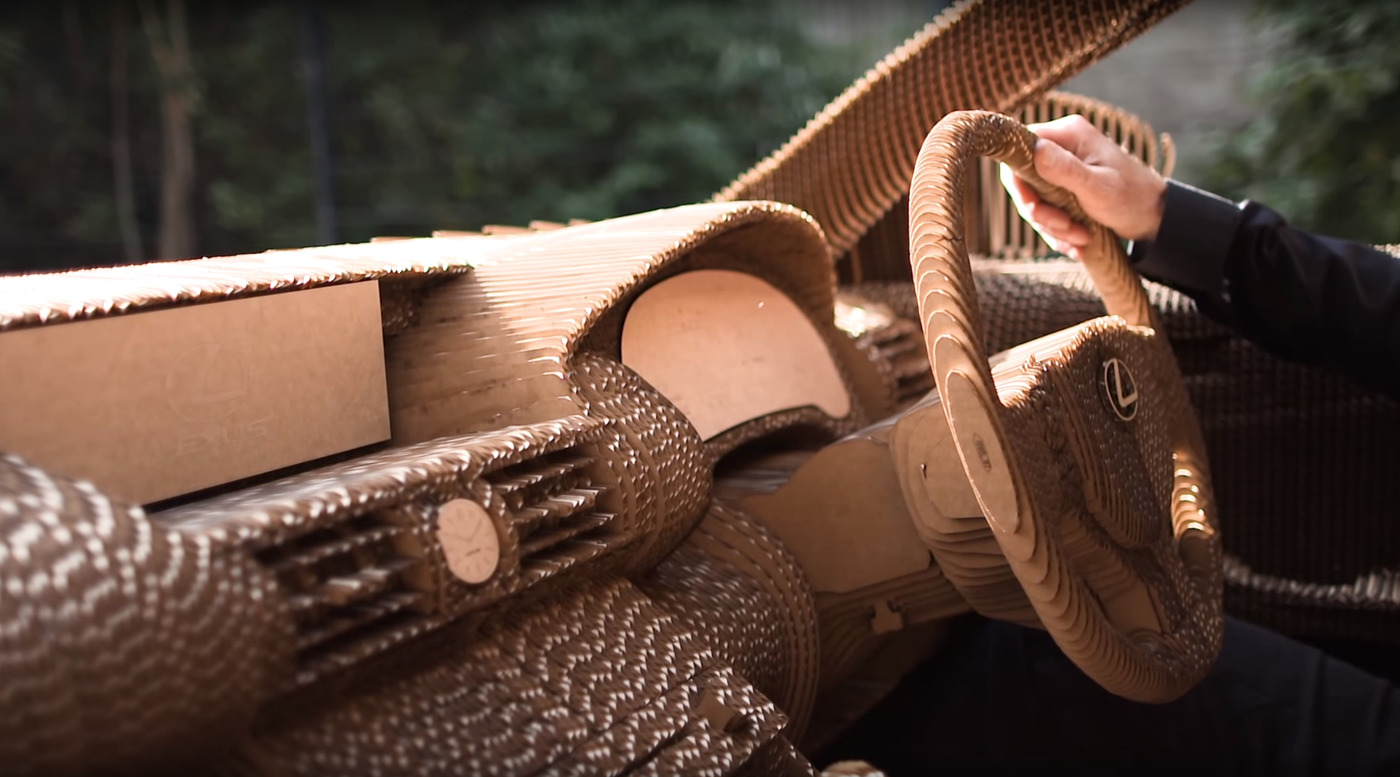
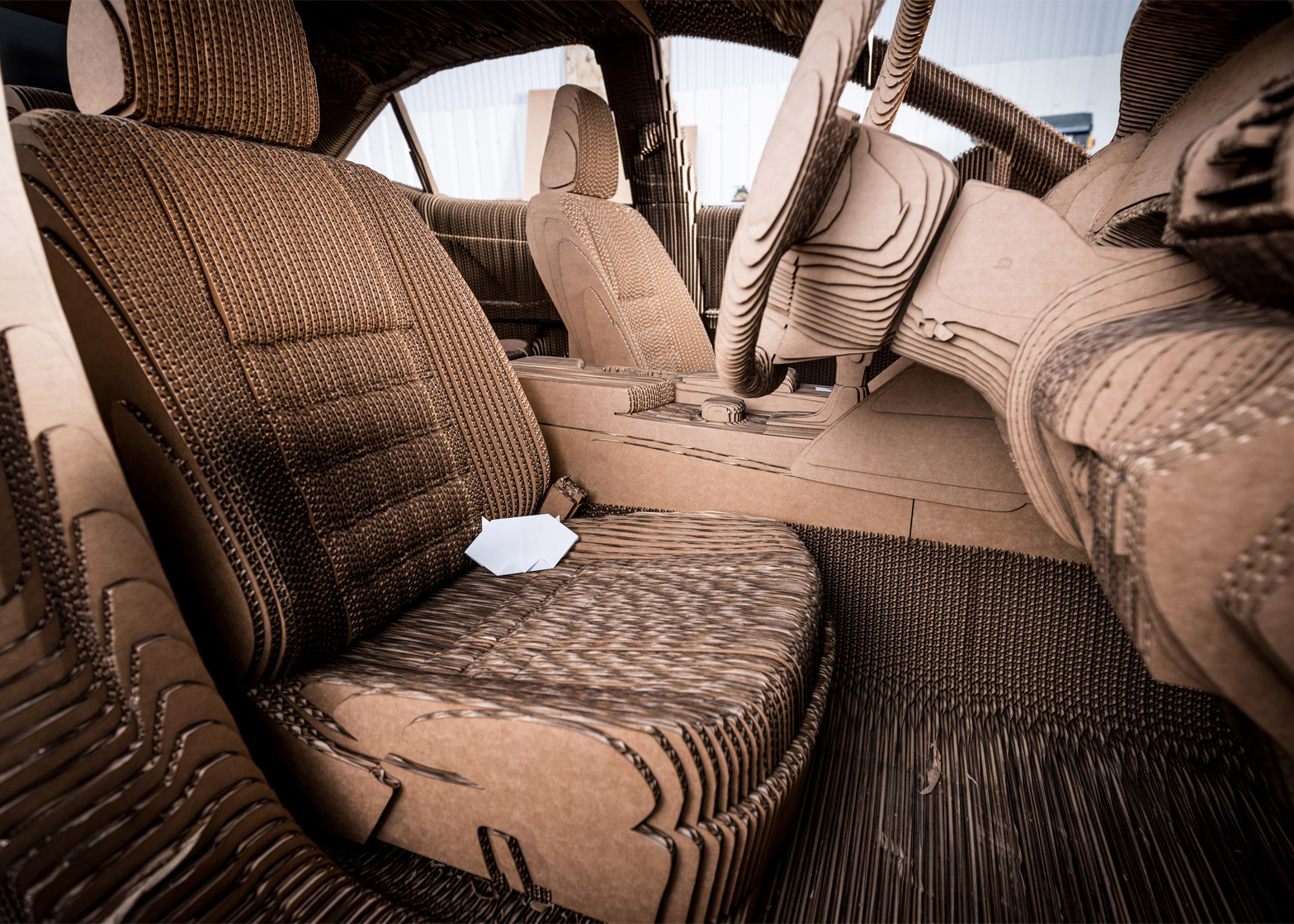
THE CONSTRUCTION PROCESS
The process of constructing a building can be a lengthy and complex one, requiring a great deal of planning, coordination, and hard work from a team of professionals. Each step of the process is crucial to ensure that the final product is safe, functional, and aesthetically pleasing.
The first step in the process is usually the design phase. This involves working with architects and engineers to create a blueprint of the building that takes into account factors such as the intended use of the space, local building codes and regulations, and environmental considerations. Once the design is finalized, the project moves on to the construction phase.
During construction, the building is erected according to the plans laid out in the design phase. This typically involves a variety of tradespeople, including carpenters, electricians, plumbers, and HVAC technicians, who work together to build the structure, install utilities and systems, and finish the interior and exterior surfaces. Depending on the size and complexity of the project, construction can take anywhere from a few months to several years.
Throughout the construction process, it’s important to maintain a high level of quality control to ensure that the building is safe and up to code. This involves regular inspections and testing of materials and systems, as well as ongoing communication between the construction team and any relevant regulatory agencies.
In the end, a successful construction project is one that not only meets the needs of its intended occupants but also contributes to the surrounding community and environment. Whether it’s a towering skyscraper or a cozy family home, every building has the potential to make a lasting impact on those who use and admire it.
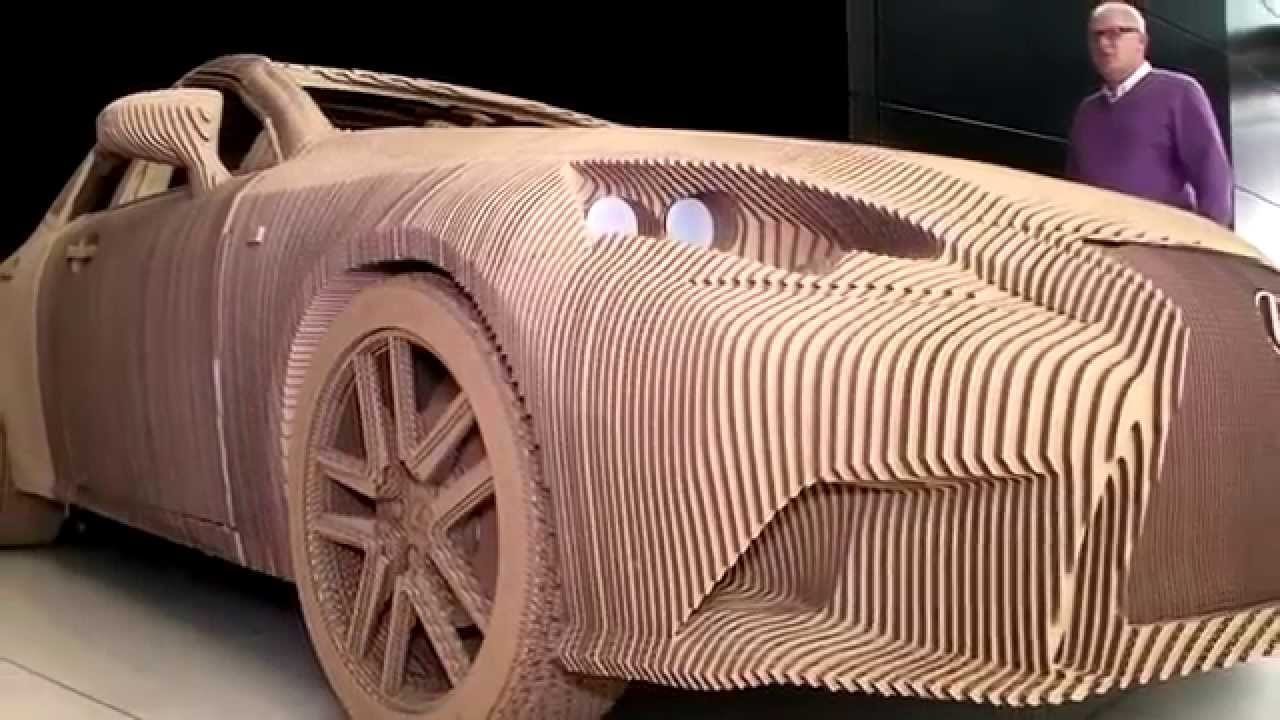
Lexus gave the team a digital 3D replica of the IS. They split it into essential components like the main body, wheels, seats, and dashboard. These segments were rendered in 10mm slices to obtain the two-dimensional profiles required for laser cutting. They used 1,700 sheets of 10mm-thick cardboard from DS Smith, a packaging expert.
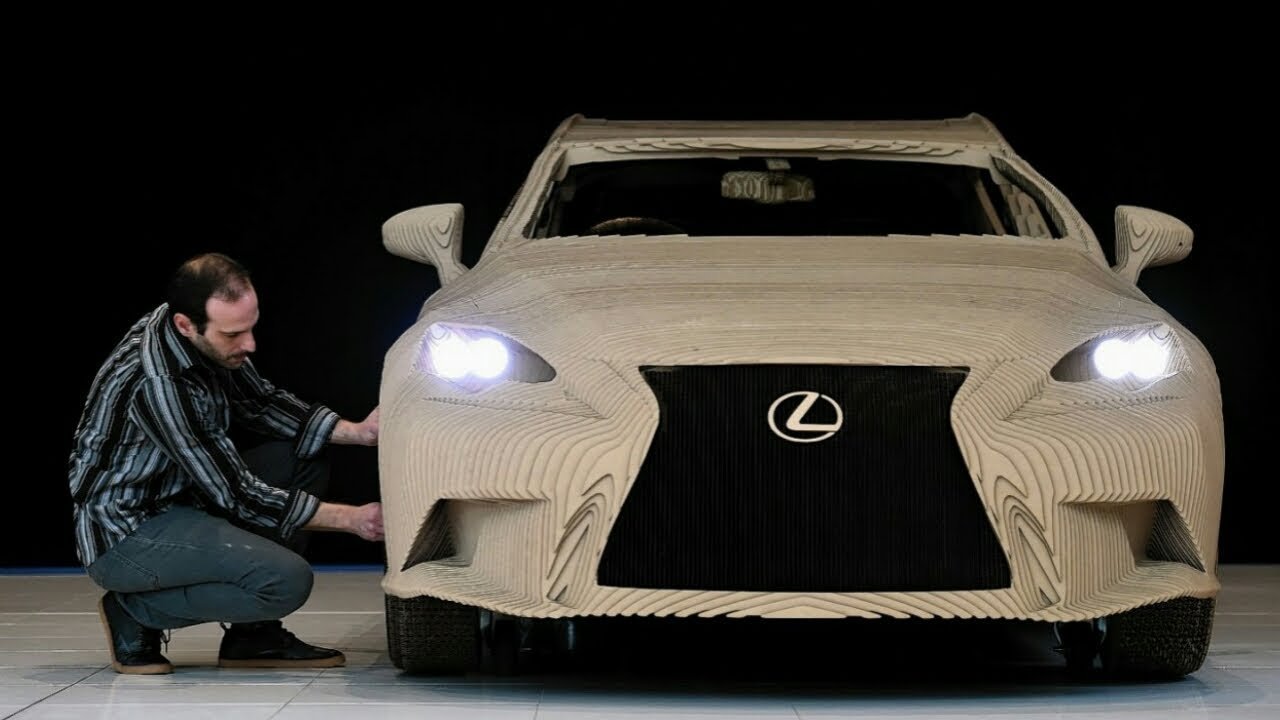
To guarantee correct assembly, every layer was assigned a unique number. The entire process was done manually, and a wood glue that is water-based was utilized. After each application, the adhesive had to be left undisturbed for ten minutes to set.
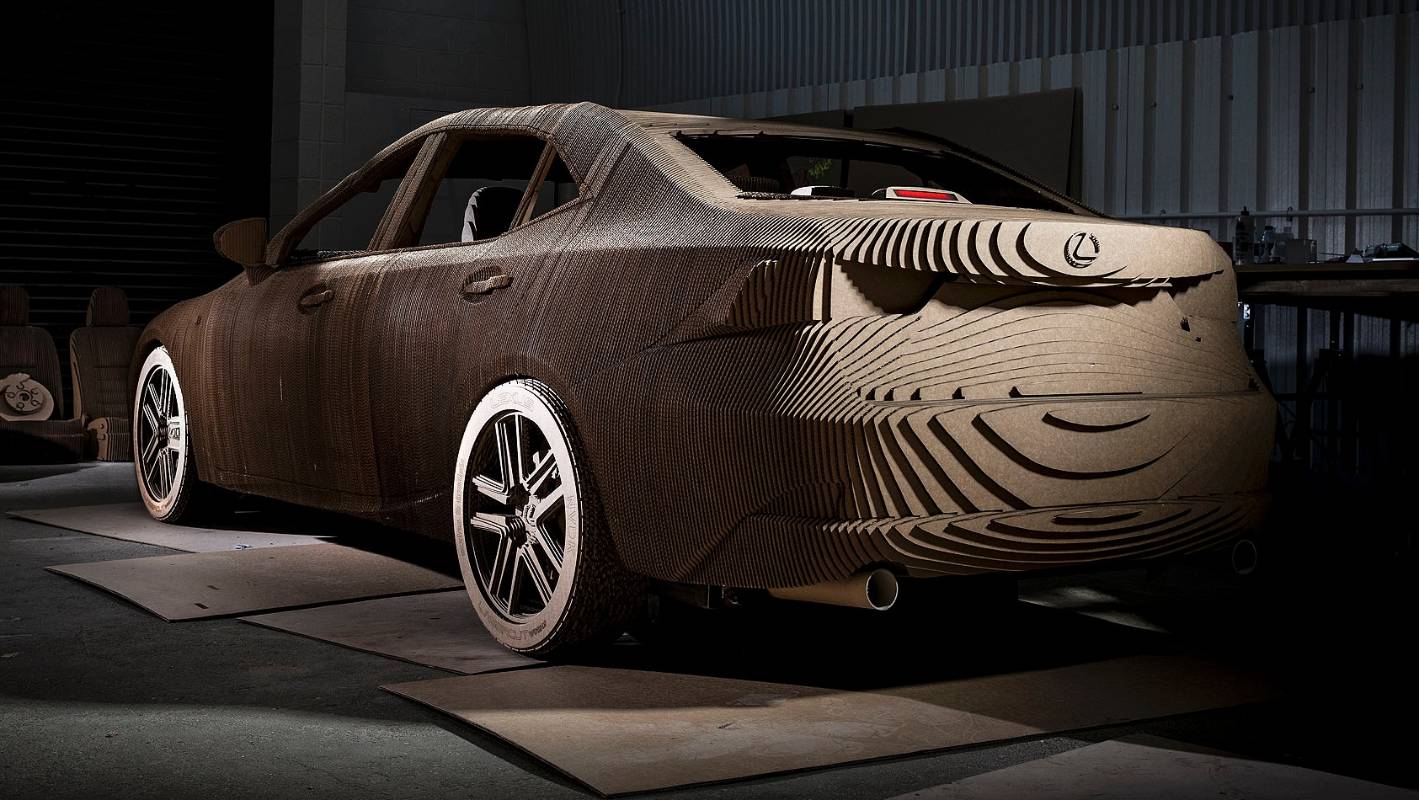
Lexus has created a functioning life-size car entirely made of cardboard to showcase their impressive origami skills. Do you want to share your thoughts or opinions on this article? Feel free to leave a comment below.




